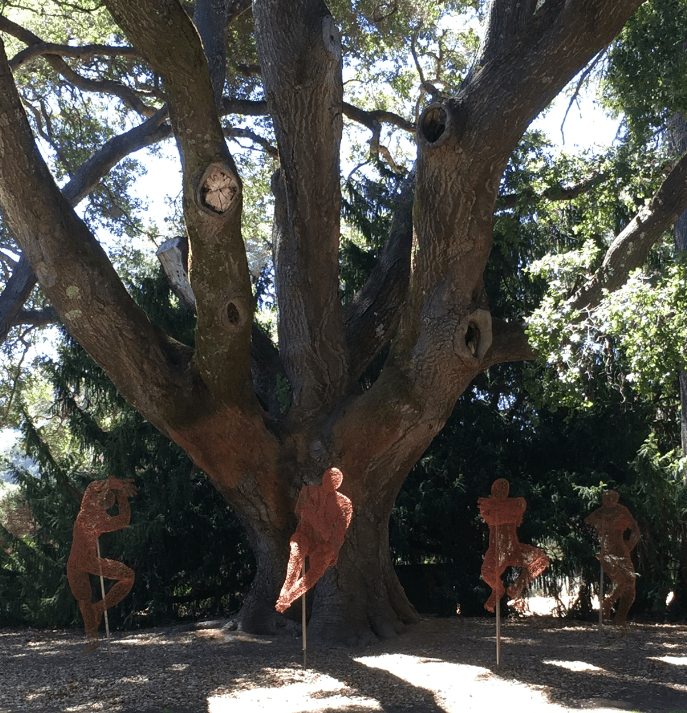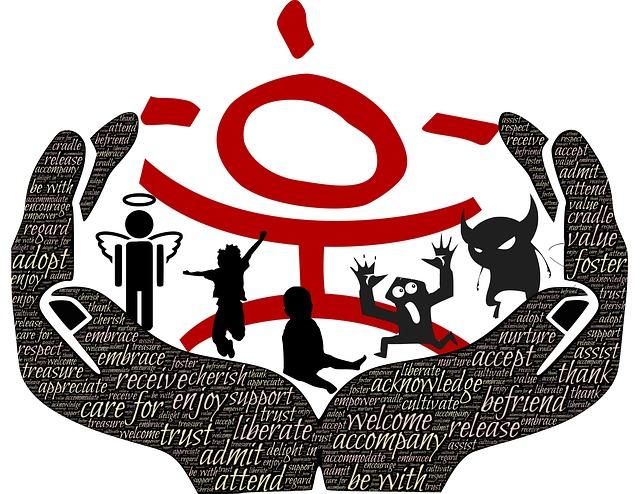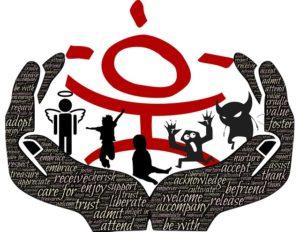 Connection is essential, especially during challenging times. When the going gets tough, we yearn to commune with people who will support us… teach us… commiserate with us… empathize with us… calm us… distract us… … entertain us… enable us to support them… and more.
Connection is essential, especially during challenging times. When the going gets tough, we yearn to commune with people who will support us… teach us… commiserate with us… empathize with us… calm us… distract us… … entertain us… enable us to support them… and more.
Without connection, people can feel isolated. Yet today, as we prepare for the spread of coronavirus, we’re contemplating doing less of the things we normally do in person with others. And nonprofits are not immune.
What are you doing to reach out to your supporters when they need connection most?
Here are just a few messages received from local nonprofits in San Francisco within just the past two days:
Canceling a popular fundraiser that we depend on to cover the costs of keeping Public Glass open is not a decision we came to lightly, but it is critical that we do our part in helping to ensure that our Bay Area Community remains as safe as possible.
UNDER ADVISEMENT AND RESPECTING THE NEWLY ISSUED AGGRESSIVE RECOMMENDATIONS ANNOUNCED TODAY BY THE SAN FRANCISCO DEPARTMENT OF PUBLIC HEALTH TO REDUCE THE SPREAD OF CORONAVIRUS (COVID-19), THE MARCH 12, 2020 SFIC MONTHLY BREAKFAST IS CANCELLED.
We are very sorry to announce that, due to public health guidelines from the Mayor’s Office, our 2020 Benefit Art Auction, hosted in a city-owned building, must be cancelled. This event is a massive effort, involving over a hundred contributing artists, a dream-team of volunteers, and many beloved business partners. We were ready to create a wonderful celebration of creativity! We will continue to explore innovative ways to connect our community, but right now, this is the best way to take care of each other.
How about this haiku from my cousin, who is hosting his son’s wedding this week-end (at least as of this moment):
Last year seemed so bad
COVID-19 is now here
How I miss last year
While apt, missing last year and wringing your hands won’t help. As in-person gatherings are indefinitely postponed or canceled, as public spaces are closing, and as people are working from home, what can you do to make lemonade — and quench your supporters’ thirst?
Details


 Early in my career I received a piece of fundraising advice that has stuck with me to this day:
Early in my career I received a piece of fundraising advice that has stuck with me to this day:
 If you’re like me, chances are every other email in your inbox has something referencing coronavirus. You can’t ignore it, avoid it or wish it away.
If you’re like me, chances are every other email in your inbox has something referencing coronavirus. You can’t ignore it, avoid it or wish it away.
 Connection is essential, especially during challenging times. When the going gets tough, we yearn to commune with people who will support us… teach us… commiserate with us… empathize with us… calm us… distract us… … entertain us… enable us to support them… and more.
Connection is essential, especially during challenging times. When the going gets tough, we yearn to commune with people who will support us… teach us… commiserate with us… empathize with us… calm us… distract us… … entertain us… enable us to support them… and more.




 When people give to you for the first time, often they know very little about you. Perhaps they found you through a link on social media. Or organic search. Or through a friend who emailed them a link to your appeal.
When people give to you for the first time, often they know very little about you. Perhaps they found you through a link on social media. Or organic search. Or through a friend who emailed them a link to your appeal.